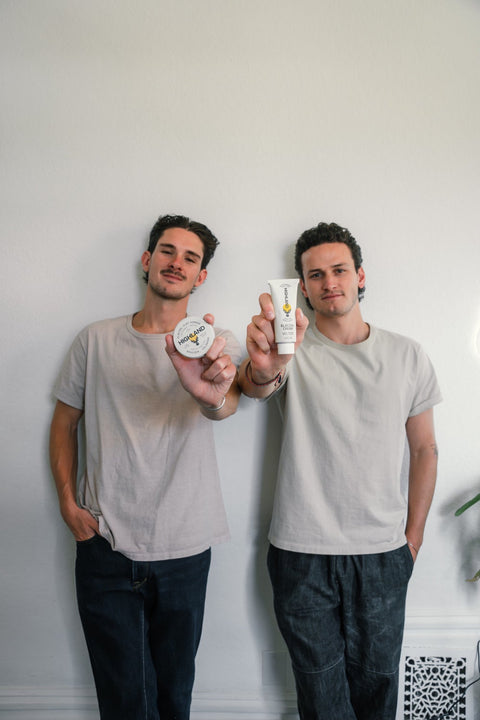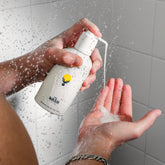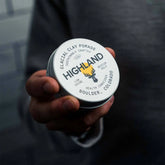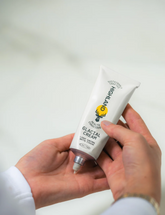
Entrepreneur Magazine Spotlights Highland and Co-founders Boone & Ben 🗞️💥
This article originally appear Entrepreneur
We are proud to share pieces of our rollercoaster origin story in this interview for Entrepreneur Magazine written eloquently by Amanda Breen.
When did you start your side hustle, and where did you find the inspiration for it?
Whiteside: When Ben and I became best friends during our junior year at CU Boulder, one of the things that brought us close was our shared aspiration of building our own thing — in not walking a 9-5 path working on someone else's dream. This shared passion wouldn't manifest until much later, though.
When I first started dreaming of a hair product company that went beyond styling one's hair with toxic sh*t, I was working at an ecommerce startup in a marketing and operations role. We were a small team, and the company was struggling hard to establish itself. I learned a ton about problem-solving through the early stages of business, but I had one foot out the door, pulling me toward my calling of being my own entrepreneur.
Ben was working at a payroll tech company in an analyst role, but the actual role changed so much during his tenure because he hated doing the same thing every day. Juggling sales, learning to code , handling risk analysis, dabbling in marketing and growth... his managers were constantly breathing down his neck to "JUST FOCUS" on "his main role." Neither of us were happy with those career trajectories.
Sick of the archaic legacy brands that dominated the hair styling space with cheap, chemical-based formulations and wasteful packaging, and unsuccessful in my search for a brand that was disrupting the industry, I stumbled into an idea that would solve my own consumer need. I had a hunch this problem would resonate with people like me.
What were some of the first steps you took to get the side hustle off the ground?
Whiteside: The first steps were hitting the Google machine (BAI, or before AI) to uncover naturally occurring, plant-based ingredients that could replace plastic, endocrine-disrupting formulas. Without a lick of chemistry or cooking experience to my name, I began ordering waxes, clays, oils and other botanical ingredients and started mixing them on my stovetop.
Fortunately I've always been a weirdo, so I was weird enough to start putting these failed concoctions into my hair, weird enough to make all of my friends do the same and give me feedback and weird enough to be unbothered by my roommate, Ben telling me how weird I am… soon to become a hair weirdo himself.

Image Credit: Courtesy of Highland
Are there any free or paid resources that have been especially helpful for you in starting and running this business?
Medalie: Some tech standouts include: Klaviyo for email marketing, Shopify (and all its awesome plugins) to power our site, Triple Whale for attribution metrics, Amped (now Mailchimp) for lead capture, Adobe Premiere for content creation and finally Figma for making the non-designer look and feel like Rembrandt.
Whiteside: Ben covered most of the paid ones. For free, the best resource we tapped into was our polite persistence in demanding help from other business builders. People generally want to help, but you can't be afraid to ask. We recently grabbed coffee with Justin Gold , founder of Justin's, the peanut butter brand, and he summed it up nicely: "Be unreasonable." This mentality has been instrumental in building an unbelievably helpful network of people who have helped us build the Highland strategy from the ground up and in avoiding mistakes other founders have made. So go be unreasonable — just be polite about it.
Read the rest of the full interview over at Entrepreneur.









